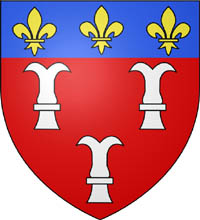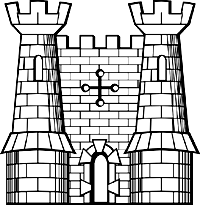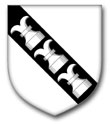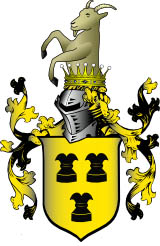The Castle in Chess |
|
|
In the past, the castle or rook was also called the, Tower, Marquis, Rector, or Comes ("Count" or "Earl").
Originally, the rook symbolized a chariot. The word rook comes from the Persian word rukh meaning chariot. Persian War Chariots were heavily armoured, carrying a driver and at least one ranged-weapon bearer, such as an archer. The sides of the chariot were built to resemble fortified stone work, giving the impression of small, mobile buildings, causing terror on the battlefield. In the West, the rook is almost universally represented as a crenellated turret. One possible explanation is that when the game was imported to Italy, the Persian rukh was confused with the Italian word rocca, meaning fortress. Another possible explanation is that rooks wewre thought to represent siege towers (the piece is called "torre", meaning tower, in Italian, Portuguese and Spanish, "tour" in French and "toren" in Dutch). Curiously, the Russian name for the rook ("ladya") means a ship or boat. In the opening, the castles are undefended by other pieces, so it is desirable to connect one's rooks on the first rank by clearing all pieces except the king and rooks from the first rank and castling. In that position, the rooks protect each other, and can easily move to threaten the most favourable files. Castles are most powerful towards the end of a game where they
can move unobstructed by pawns and can control large numbers of
squares. |
|
|||||||||||||||||||||||||||
|
|
Castling
Castling is a special move in the game of chess involving the king and either of the original rooks of the same colour. It is the only move in chess (leaving aside promotion) in which a player moves two pieces at the same time. Castling consists of moving the king two squares towards a rook on the player's first rank, then moving the rook onto the square over which the king crossed. Castling can only be done if the king has never moved, the rook involved has never moved, the squares between the king and the rook involved are not occupied, the king is not in check, and the king does not cross over or end on a square in which it would be in check. The notation for castling, in both the descriptive and the algebraic systems, is 0-0 with the kingside rook and 0-0-0 with the queenside rook. In PGN, O-O and O-O-O are used instead. Castling on the kingside is sometimes called castling short and castling on the queenside is called castling long; the difference being based on whether the rook moves a short distance (two squares) or a long distance (three squares). Castling is in most European languages other than English known as 'rochieren / rochada / roque' or some other derivative of the same Persian root from which also the English word 'rook' is derived, while the local adjectives meaning 'long' and 'short' are used in those countries to refer to 'queenside/kingside castling'. Castling was added to European chess in the 14th or 15th century and did not develop into its present form until the 17th century. Asian versions of chess do not have such a move. Castling is permissible only if all of the following conditions hold:
Castling is an important goal in the early part of a game. It serves two purposes: it moves the king into a safer position away from the centre of the board, and it moves the castle to a more active position in the centre of the board (it is even possible to checkmate by castling).
The choice as to which side to castle depends on an assessment of the trade-off between king safety and activity of the rook. Kingside castling is generally safer, because the king ends up closer to the edge of the board and all the pawns on the castled side are defended by the king. In queenside castling, the king is placed closer to the centre and the pawn on the a-file is undefended; the king is thus often moved to the b-file to defend the a-pawn and to move the king away from the centre of the board. In addition, queenside castling requires moving the queen first; therefore, it may take slightly longer to achieve than kingside castling. Queenside castling places the rook more effectively. It is often immediately active, whereas with kingside castling a tempo may be required to move the rook to a more effective square. It is common for both players to castle kingside, and rare for both players to castle queenside. Castling on opposite sides usually results in a fierce fight as both players' pawns are free to advance to attack the opposing king's castled position without exposing the player's own castled king.
If the king is forced to move before it has the opportunity to castle, the player may still wish to manoeuvre the king towards the edge of the board and the corresponding rook towards the centre. When a player takes three or four moves to accomplish what castling would have accomplished in one move, it is sometimes called artificial castling, or castling by hand. Under the strict touch-move rules enforced in most tournaments, castling is considered a king move. A player who intends to castle but touches the rook first would be committed to make a rook move, and thus will not be permitted to castle. The correct way to castle is to first move the king. As usual, the player's mind may change between all legal destination squares for the king until it is released. When the two-square king move is completed however, the player has formally chosen to castle, and the rook must be moved accordingly. A player who performs a forbidden castling must return the king and the rook to their original places and then move the king, if there is another legal king move, including castling on the other side. If there is no legal king move, the touch-move rule does not apply to the rook. The official rules require that the entire move be completed using only a single hand. Neither of these two rules is commonly enforced in casual play, nor commonly known by non-competitive players. The right to castle must be the same in all three positions for a valid draw claim under the threefold repetition rule. |
|
|||||||||||||||||||||||||||
Castles in Heraldry.
A castle is a representation of a real castle, often with front gate, arrow loops, towers and battlements. (see right) A tower is a representation of a real tower, generally circular in plan often with front gate, arrow loops and battlements. (see right) An heraldic rook is like a tower but shown with two large outward-curving horns (see left). This charge is always blazoned "chess rook" so as not to be confused with the bird of that name; it is also not to be confused with the zule, a similar-looking object with two outward-curving horns at both top and bottom.
        
In Canadian heraldry, the chess rook is the brisure of a fifth daughter.         
|
|
||||||||||||||||||||||||||||
|
|
|
|
|||||||||||||||||||||||||||
|
|
|
|
|||||||||||||||||||||||||||
|
|
|||||||||
| :::: Link to us :::: Castle and Manor Houses Resources ::: © C&MH 2010-2014 ::: contact@castlesandmanorhouses.com ::: Advertising ::: |



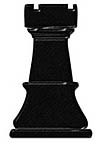

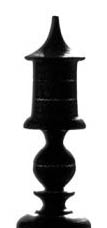

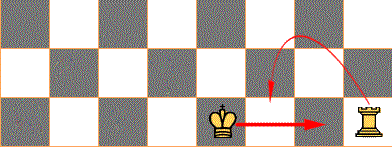
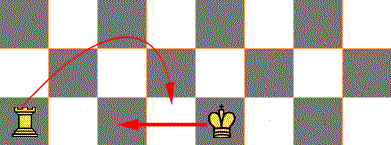
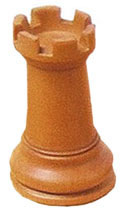
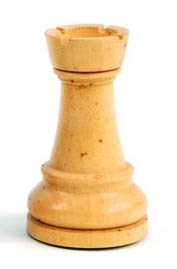
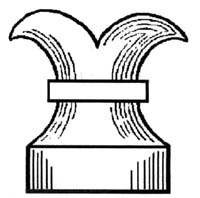 Heraldry
distinguishes between a castle, a tour and an heraldic rook.
Heraldry
distinguishes between a castle, a tour and an heraldic rook.
.jpg)
